Whether you’re a first year art teacher or just new to teaching art, I have 13 helpful art teacher prep ideas for back to school to get your art program going. Because chances are you’re unsure of what to expect or even what you can prepare in advance. And really, there are many things you can do early to reduce the first day of school stress!
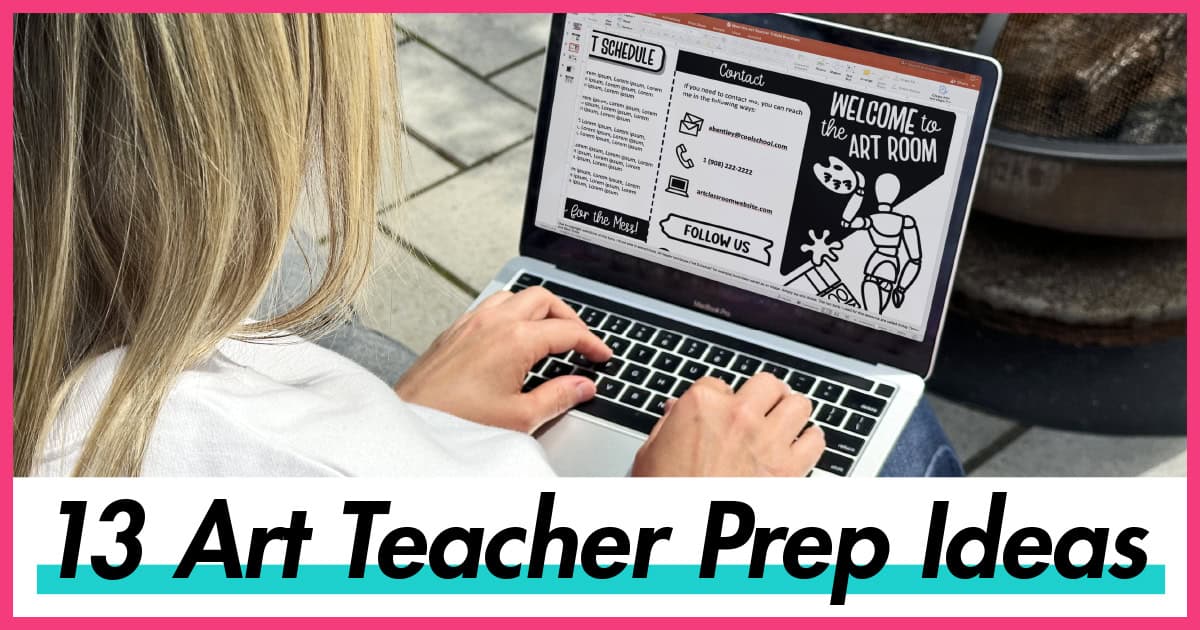
Quick Links
- Design Your Art Room Layout
- Print & Cut Your Art Classroom Decor
- Create Storage Ideas for Art Projects
- Create a Back to School or Meet the Art Teacher Night Brochure
- Create a Seating Chart Template
- Plan Fast Finisher Activities
- Craft Your Behavior Management System
- Design an Effective Art Classroom Management System
- Prep Art Lessons, PowerPoints, & Lesson Materials
- Plan & Prep Art Assessments
- Collect Bags, Bins, & Plastic Containers
- Create an Emergency Art Sub Binder
- Order Art Supplies
13 Art Teacher Prep Ideas for Back to School
First of all, if you haven’t seen your room yet, get in there. Request a quick look if the janitors are busy cleaning. Run in, open up cabinets, closets, and drawers, snap pictures, and run out. Or, make a quick video. Beg, if they are resistant. You’ll be quick. 😉
Take note of how many bulletin boards you have. Measure them, if time permits. This will help you determine how much room you have for displays.
And then get on to planning! All the things I’m about to list can be done at home so you can use your in-school time to get the room organized and ready for back to school.
1) Design Your Art Room Layout
If you’re looking for prep ideas an art teacher should start first, this is it. It helps to have a rough plan in advance for how you want to organize your art room. Now, nothing you sketch out needs to be set in stone. But getting a look at your space will help you decide what to keep, junk, or dumpster dive for replacements.
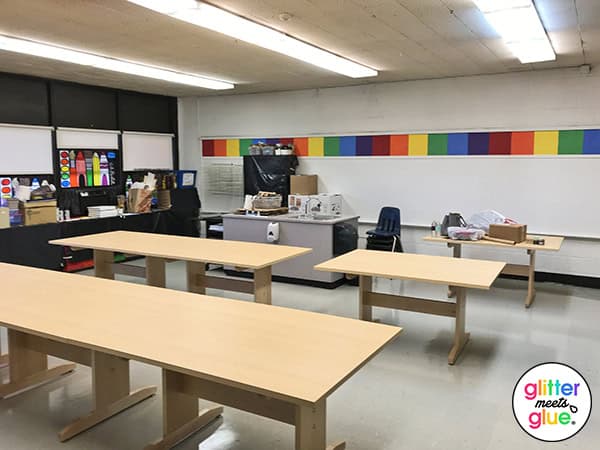
You can go old school and draw things out on paper. Or, use graphic design software. Simple squares, rectangles, circles, and ovals are good for representing various furniture pieces.
2) Print & Cut Your Art Classroom Decor
Planning art room bulletin board decor is the easiest project you can tackle over the summer. Most elementary and middle school art rooms include posters about:
- Elements and principles
- Various artists and artwork
- Classroom guidelines
- Artist quotes.
And who could forget, a large color wheel!
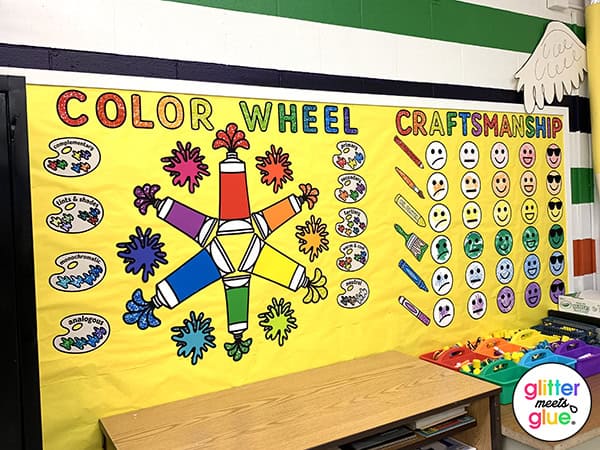
Are your admins obsessed with infusing as much literacy as possible into your art room? I add printable bulletin board letters to make them more engaging. Unlike die-cut letters, printables can be re-printed if one rips, making them very handy in a busy art room. If you laminate them, they’ll last a long time.
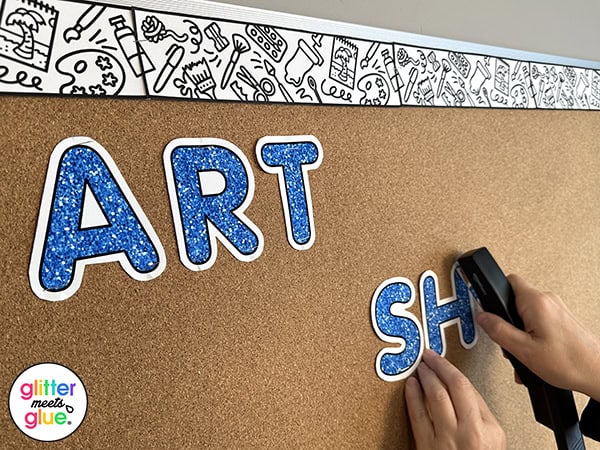
Adding cute art supply graphics like paintbrushes, paint tubes, and pencils really finishes it off! Print, cut, staple, done. I’ve been adding clipart to mine for a long time. Honestly, they’re more eye-appealing and they help fill the space quick!
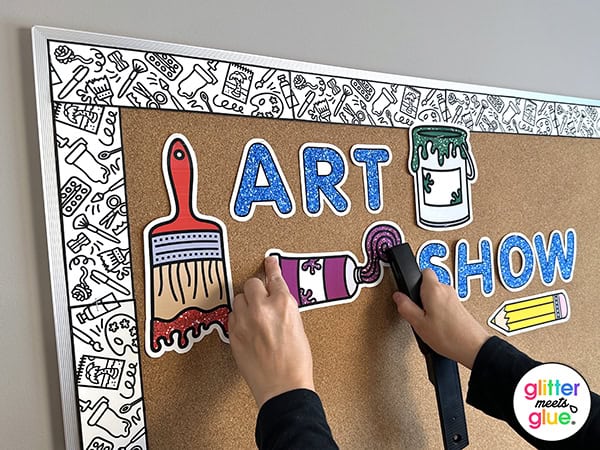
And if you really want to polish off that display, add a border (or, two!) These black and white borders are particularly great because you can print them on any color paper. Use the school copier and save yourself loads of money!
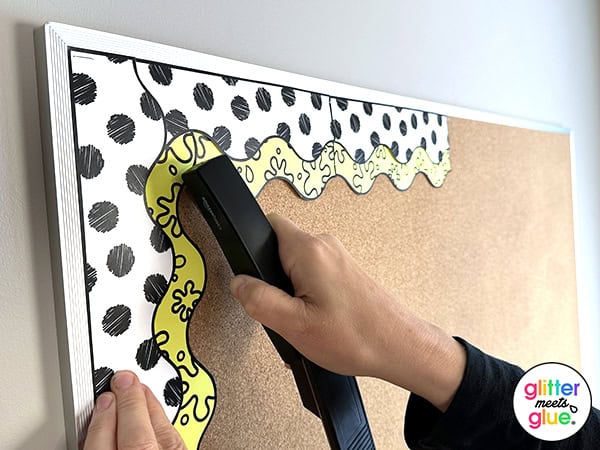
Having all of these printed and cut out for your first work day in your art room will make back to school prep so much easier.
3) Create Storage Ideas for Art Projects
As I discussed previously, having a system for organizing art projects is essential. But what will you use to safely store them all?
I use these large, handled caddies.
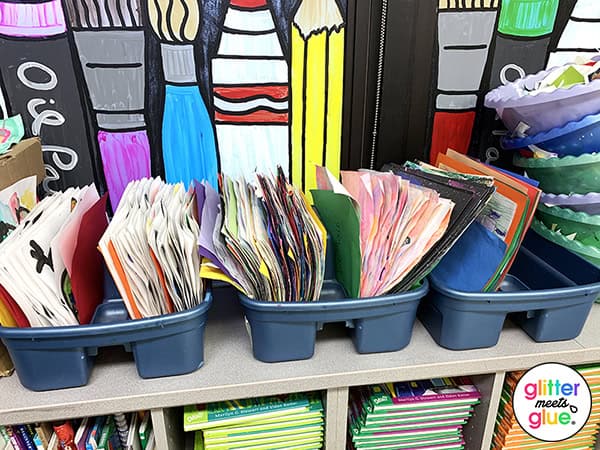
Copy paper boxes would work, too! Try scoring some in the copy room over summer break. You can staple a color-coordinated paper with “4th” or “3rd” on it to represent the grade level whose projects are contained within.
I’ve also used large, clear storage bins with no lids. In this instance, each child made their own art project folder by stapling two pieces of large tagboard together.
4) Create a Back to School or Meet the Art Teacher Night Brochure
Whether your school calls it Back to School Night, Meet the Teacher Night, or Open House, this will be the first time you’re meeting parents. EEK!
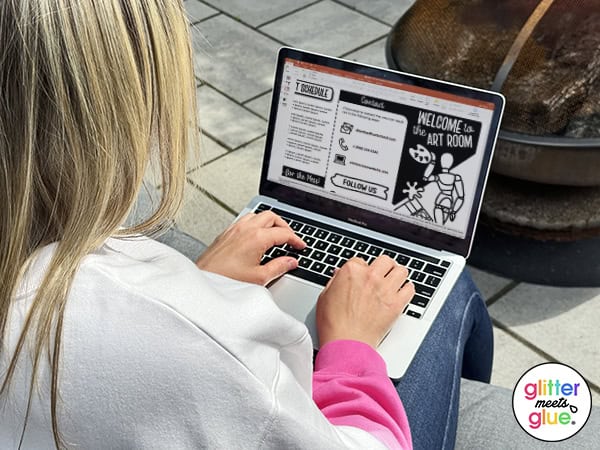
It can be hard to know what to say, how to dress, or what your role is for the night. Remember: you have an art program you need parents and students to know about.
Creating a Meet the Art Teacher brochure will help you think about your art program so you’re prepared for questions like:
- What should my child wear to art?
- How do I contact you if I need to?
- When is the Art Show? Do you need volunteers to help with the Art Show?
- Do you need students to bring in their own art supplies?
- What day of the week does my child have art?
Additionally, you can use the space to showcase the great projects students will do in art. And hopefully get some donations for your program.
5) Create A Seating Chart Template
This tends to be a controversial topic in art teacher Facebook groups. But I’m just going to state for the record that I’m pro-seating chart. Why?
- IEPs & 504 Plans: Kids with modifications and accommodations need to be placed in certain parts of the room. Like, up close to the front of the room where instruction is often given. Assigning seats honors their legal right to have those seats without singling them out. Assigning some seats and leaving the rest to chance creates inequity.
- Reduce Conflicts: Some kids should not sit together. They have interpersonal issues that cause disruption. You will eventually learn who they are.
- Know Their Names: It’s a great way to get to know your student’s names and how to spell and pronounce them properly.
- Attendance: It’s the quickest and easiest way to take attendance.
- Substitutes: It helps substitute teachers identify them in your absence. Should a problem arise, they know who the child is.
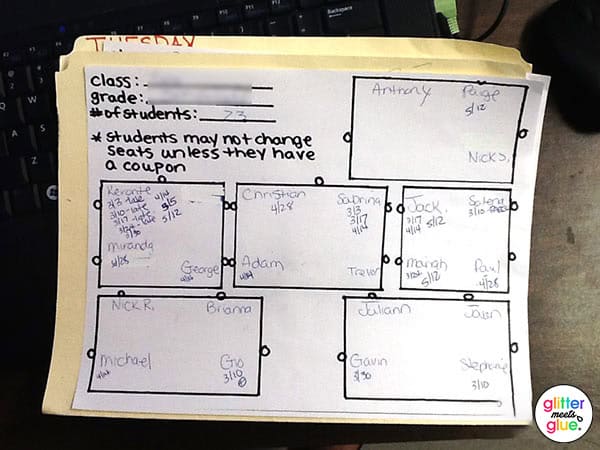
In my 20 years of art teaching, I often had two students with the same exact name spelling, but different pronunciations. Such as the name, “Anna.” It can sound like:
- ANN-UH
- AWN-UH
I use a seating chart to document those differences so I say their name correctly. It’s important.
I created mine by just quickly drawing out the desks and stools and adding in some landmarks such as the doorway or teacher desk. Be sure to leave room to put their homeroom teacher’s name or class number at the top along with how many students should in the class.
6) Plan Fast Finisher Activities
It’s typical to have only half a grade level complete an art project on time. It depends on which day of the week art falls. Mondays and Fridays are usually holidays and special events. Therefore, it’s important to plan fast finisher activities for those who complete projects early.
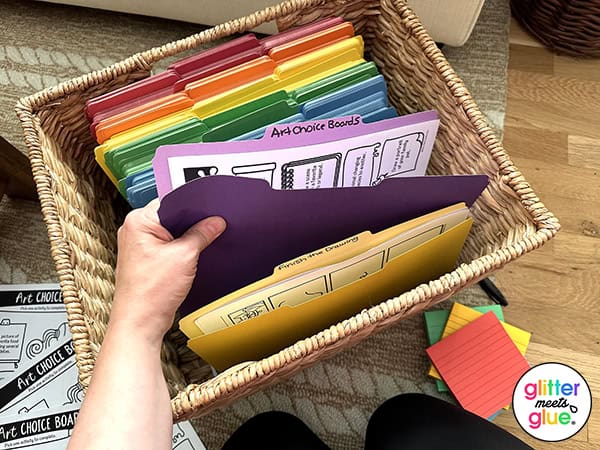
Finish the Drawing worksheets are great microlearning opportunities because they last 3 – 5 minutes each. Kids look at the doodle and draw the rest of the mini picture. Easy peasy! And, a single art worksheet can last several classes.
But if you need to fill more time, Finish the Picture worksheets fill the entire page. And, they last up to a half hour, depending on the task.
Either of these activities can be printed in advance and stored in easy-to-access folders. Kids can just help themselves!
However, if you’re looking for the most independent, choice-based activity that be completed in a short amount of time, try artist trading cards. I’ve talked extensively about how I use ATCs as a yearlong early finisher activity. You can prep these for back to school so long as you have access to cardstock and a paper cutter.
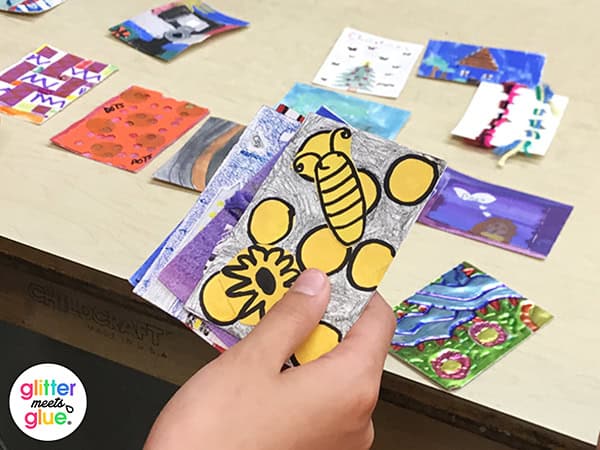
Another great way to add more choice to your lessons is an art choice board. Each slide (or printable worksheet) has room 10 drawing prompts or tasks. Students can pick one and create it using whatever materials you’ve left out for them.
You can prep your drawing prompts in advance and pop them into the template. Sort them by chunked grade levels:
- K – 2nd
- 3rd – 5th
- 6th – 8th

7) Craft Your Behavior Management System
This is by far my most favorite art teacher prep idea. For elementary students, I use class mascots to tame wild and wacky behaviors as well as promote laughter. I have a whole band of characters I’ve created that help monitor lessons, reinforce expectations, and explore famous artworks.
Think about how you’ll use your art teaching platform to encourage positive relationships with students. Your class mascot doesn’t have to be a crocheted plushie. It can be anything fun that grabs kid’s attention!
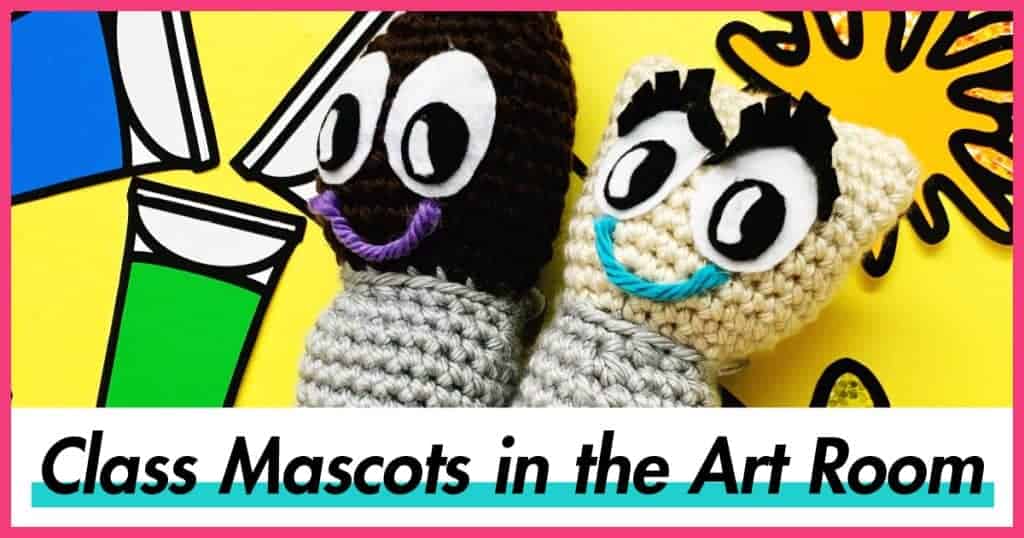
Of course, any good behavior management plan includes both rewards and incentives as well as firm consequences for repeated infractions. Kids who adhere to your policies, especially those who work to challenge your sanity but have a great day, should be rewarded.
However, like anything else I learned over time, extrinsic rewards broke my bank account. And, they communicated the wrong message to students. So, I turned to brag bracelets for help. Each reinforces the positive trait that earned them the reward.
Simply print and cut on the dashed line. Easy peasy! And, if you’re a middle school teacher, skip the bracelets and try bookmarks. Middle schoolers are just bigger elementary kids. 😉
I love printing these on Astrobrights paper. A singe $10 pack of paper can last all year long. Save the rest for your retirement. 😉
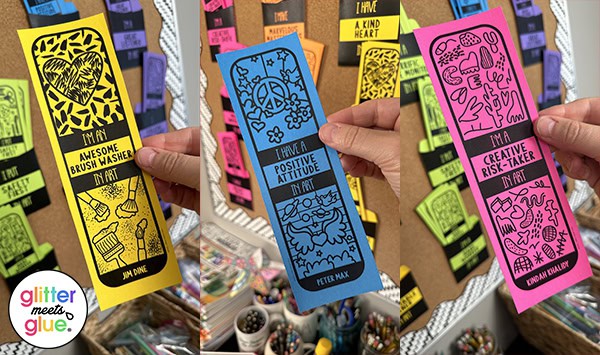
In planning for rewards, the inevitable will happen. A child will break the rules. It’s time to implement the second half of your behavior management plan.
I use this Art Room Rules packet to reinforce the behaviors that I expect. A child is given a worksheet that includes the rule they broke. They have to illustrate a picture of how that rule looks in the art room. They work on this at their table while their classmates continue the project.
8) Design An Effective Art Classroom Management System
It’s important to have a clear system in place for your art room. Kids need to know where to go to drop off paintbrushes and artwork. And, what your process is for cleaning tables and clearing the floor space. Otherwise? Pandemonium ensues.
And those systems will look and sounds different depending on the grade level, too. So be sure to think about how your furniture arrangement impacts the routines you’ve laid out.
I don’t recommend “winging” it. Kids need to know the structure is in place on the first day back to school.
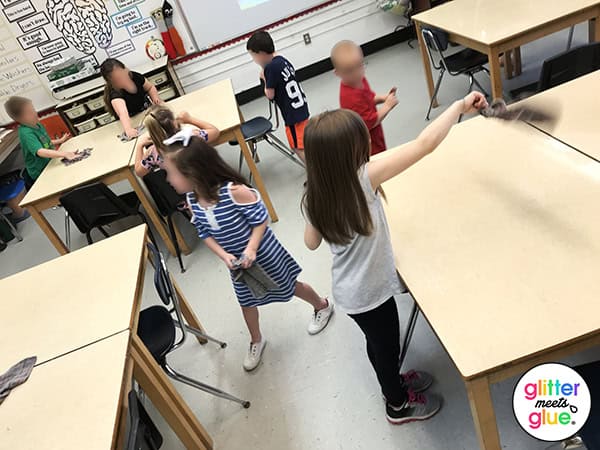
I assign jobs by table group. Every table is a different color. It makes it real easy to manage a gaggle of kids. Some days, the only thing needed is to wash tables. So everyone participates!
9) Prep Art Lesson Plans, PowerPoint Files, & Lesson Materials
If you’re new to teaching art, writing art lesson plans can feel daunting. Talk to any newer teacher and they’ll say they spend most of their time on it. I don’t recommend a first year art teacher wait until back to school to prep ideas.
First, inquire if your school already has an art curriculum. And if not, think about the art concepts, media, techniques, and art movements you want to touch upon. You can spiral the concepts throughout the grade levels so they build the previous year’s knowledge.
And, think how you can layer in connections to other content areas like music, math, and science, too.
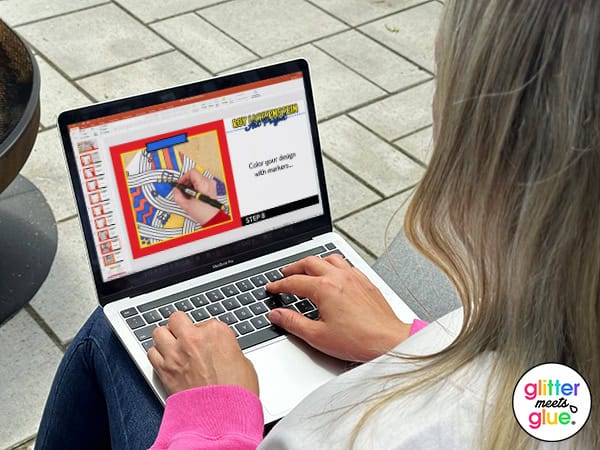
Once you have a curriculum mapped out, start planning projects. It’s important to know your student population when planning. Some schools utilize ability grouping to some degree. So you may have 3 4th grade classes. But one has more students reading and writing at grade level. This will impact the type of art activities you do.
I always do the same lesson with every class in a grade level. But I might consider modifications overall struggles with some of the skills I’m hitting upon in the lesson.
If you get stuck, I have tons of ready-to-go art lessons you can grab.
10) Plan & Prep Art Assessments
What I’ve learned over the last 25 years, is that every school handles grades and assessment differently.
I’ve spoken to art teachers who say they’ve never had to write a lesson plan nor grade anything. Some give vanity grades like O/S/U. And still others have to give numerical grades. If you’re giving grades, you’re likely required to plan assessments, too.

Art exit tickets are a great way to assess what students learned at the end of a lesson. These formative assessment tools:
- Typically take 3 – 5 minutes of class time
- Can be task-oriented or literacy-driven
- Reinforce art concepts
I’ve removed all the stress an art teacher might face by prepping 500 exit tickets with many ideas related to the elements and principles of design. Just figure out what you’re teaching that day and assign an exit slip to it. Done!
You may also be required to assign summative assessments and self-reflection worksheets for each project. Most art teachers are using some of the same basic criteria for each project such as:
- Time Management
- Creativity
- Following Directions
- Craftsmanship
- Work Habits
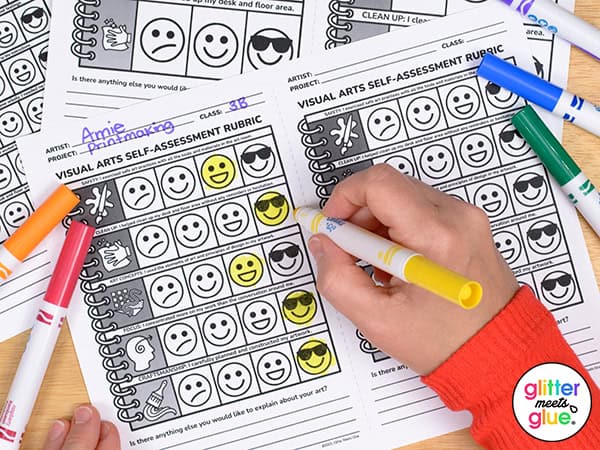
For starters. I created this Editable Art Rubric Template to save art teachers a lot of prep time. Again, no need to reinvent the wheel! For upper elementary and middle school, I hand out the rubric on the first day of the project. This helps kids know what to expect in advance.
11) Collect Bags, Bins, & Plastic Containers
This is an often-missed prep idea for art teachers, but so needed!
I have often joked that being an art teacher is like being a trash collector. Those plastic pint- and quart-sized soup containers? Perfect for holding brushes and using passing out cups of water for painting. But they don’t grow on trees.
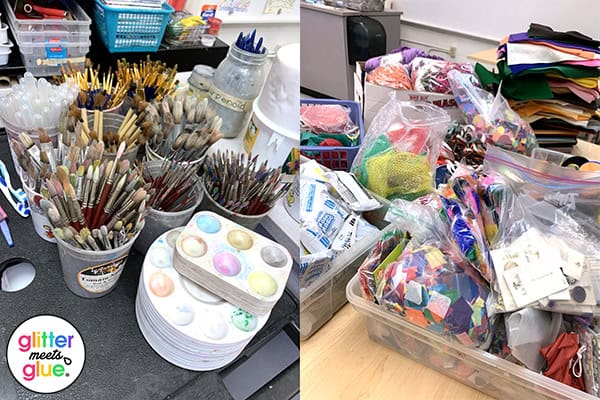
And often, you’ll be hustling around doing your art teacher thing and need a container of some kind to:
- Hold project materials for each class
- Quickly get a pile of projects or materials out of the way
- Store new art material donations or purchases
- Stash sculptures or other bulky, cumbersome projects away
So, start collecting early!
12) Create an Emergency Art Sub Binder
An art sub binder should have two things, essentially: all the information a substitute teacher would need to take over your art room for the day and the actually lessons they would teach.
The idea here is that in the case of an absence due to being sick, injured, or some type of last minute family emergency, you have everything in place.

You’ll be able to start putting together all the information about your art room and lessons without any other input. But half of that information will come from your school district, such as all the procedures regarding school-wide emergencies.
13) Order Art Supplies
In some cases, the art supplies may already be ordered for the school year. In my school, we were required to hand in our order before the end of the school year. But if no order has been placed, it’s both a blessing and a curse.
It’s definitely nice to pick out your own supplies. However, placing an order at the start of the school year may very well leave you without the required basics to get through the first few weeks.
Plus, a lot of art supply catalogs have products placed on backorder. You may be waiting months for things to come in. So get your order in quick.
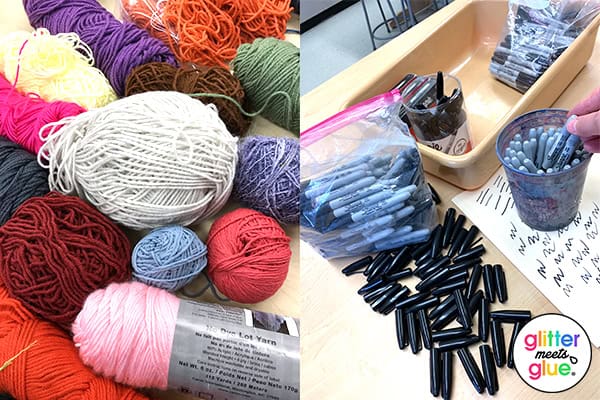
Ask your school what the budget is, which catalogs you can purchase from, and if they have specific requisition forms that need to be filled out. Many states have approved vendor lists that public schools have to choose between. So be aware of that. You may have more flexibility at other types of schools.
If your school has no budget – gosh, I’m so sorry! – you’re likely going to be:
- Creating fundraisers
- Requesting donations from parents and community members
- Setting up an Amazon wishlist
- Creating a DonorsChoose project to raise funds
- Composing a list of art supplies for students to purchase
Conclusion: Art Teacher Prep Ideas Save You Time!
GULP. That feels like a lot of prep work, huh? It can feel like an avalanche if you put it off all summer. Work a little, play a little, I say.
There’s a lot an art teacher can do prior to back to school to prep for all the wonderful ideas they have. I’ve given you a good working list you can tackle before back to school begins. I hope it answer questions, relieves stress, and helps with your work life balance. Especially at the start of the new school year.

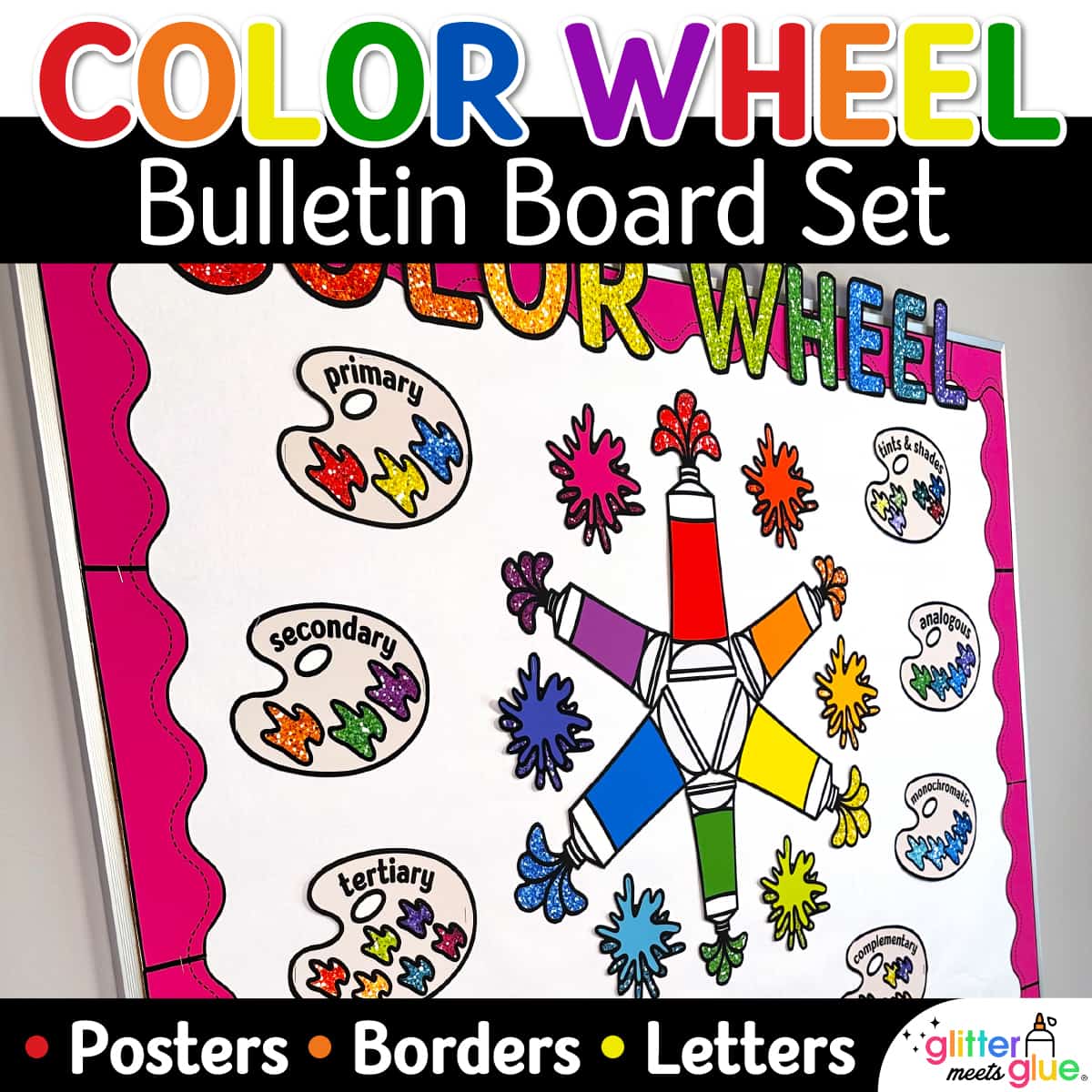
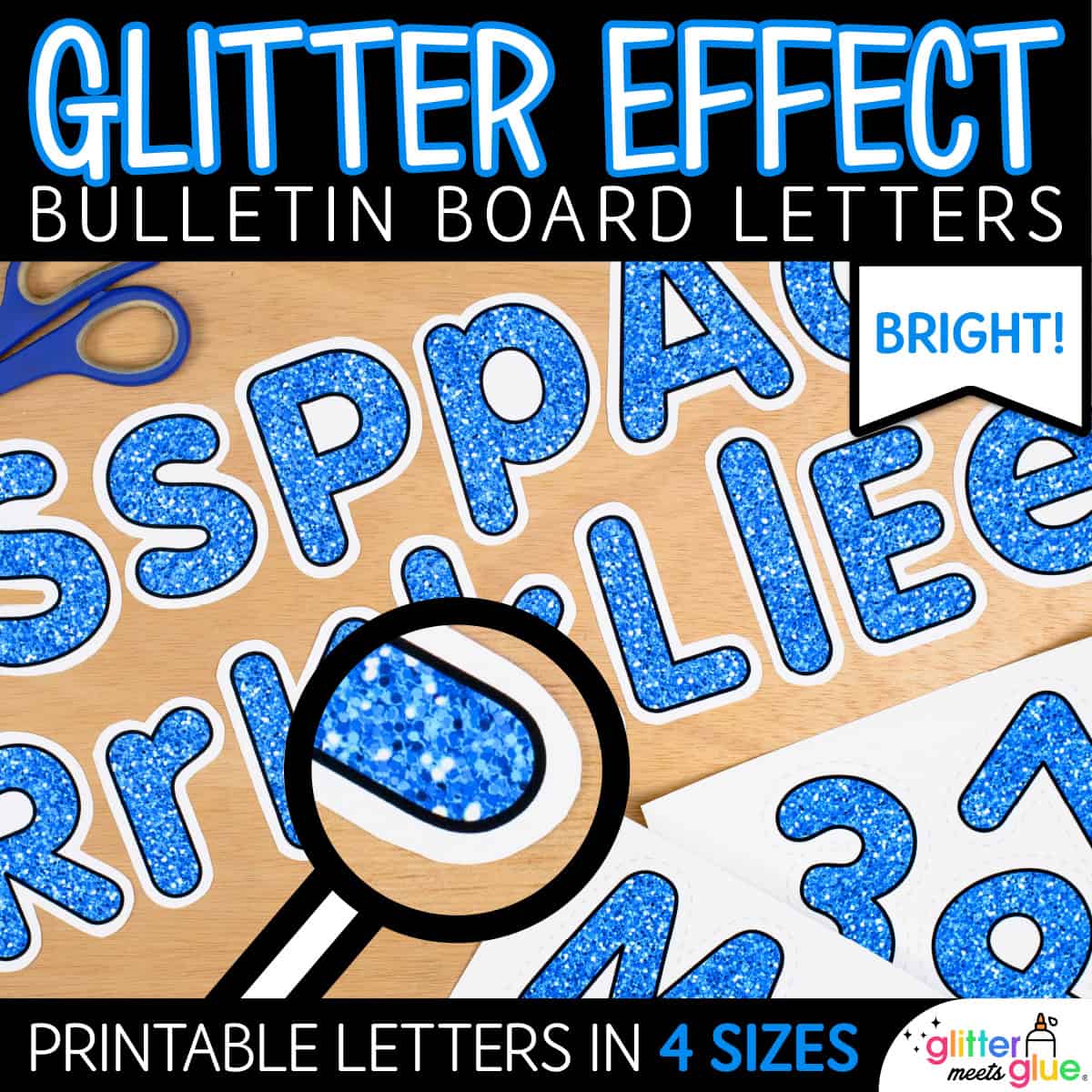

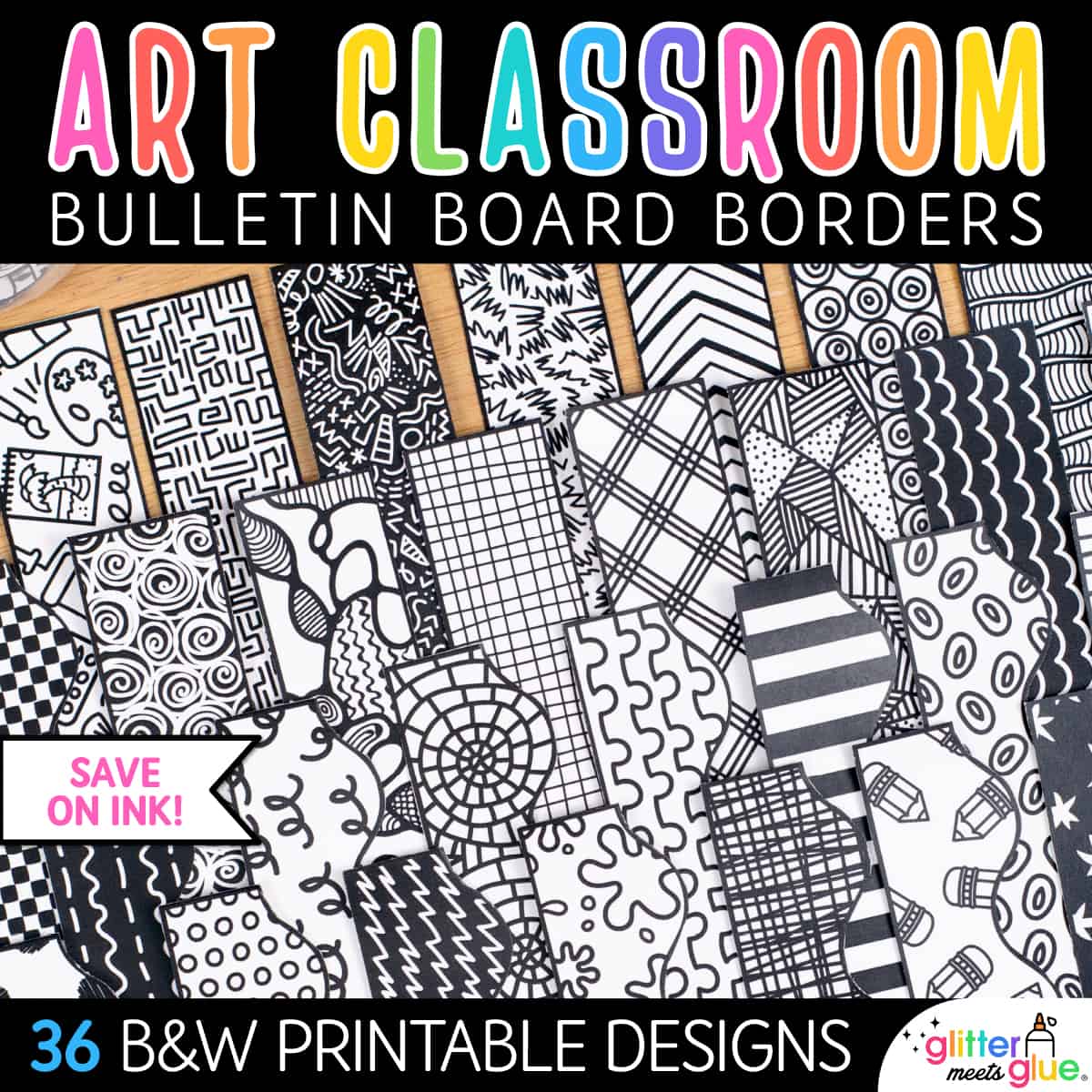
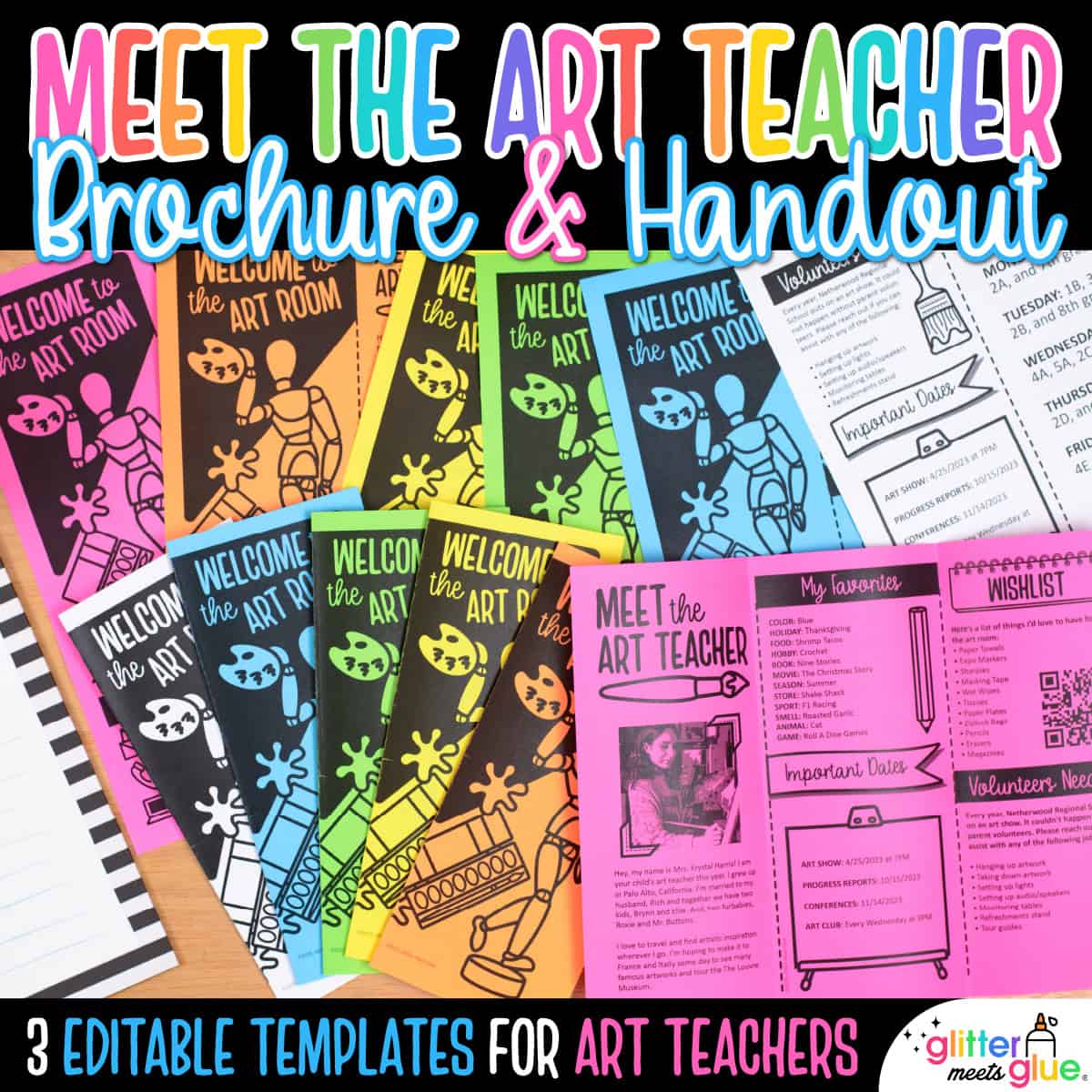
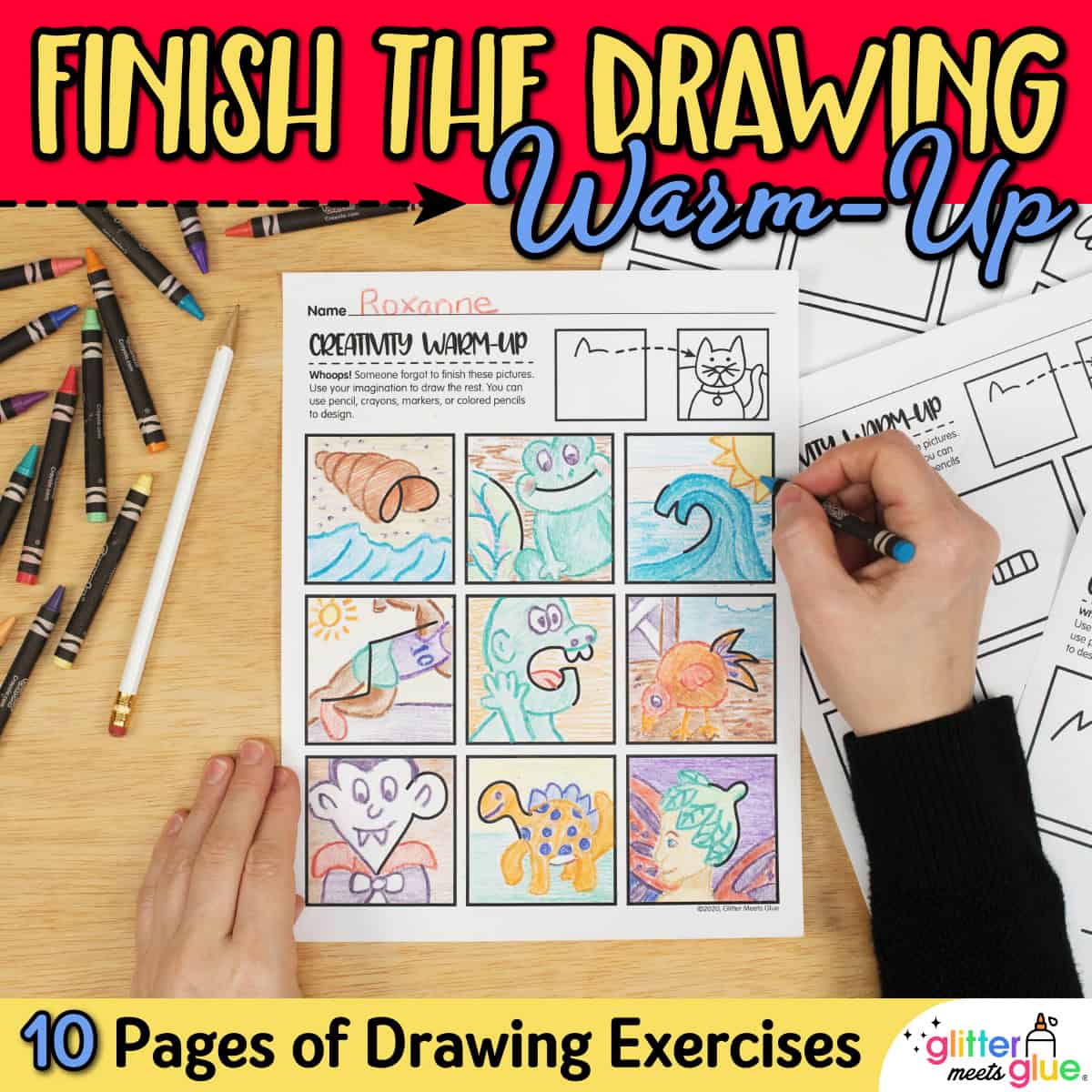
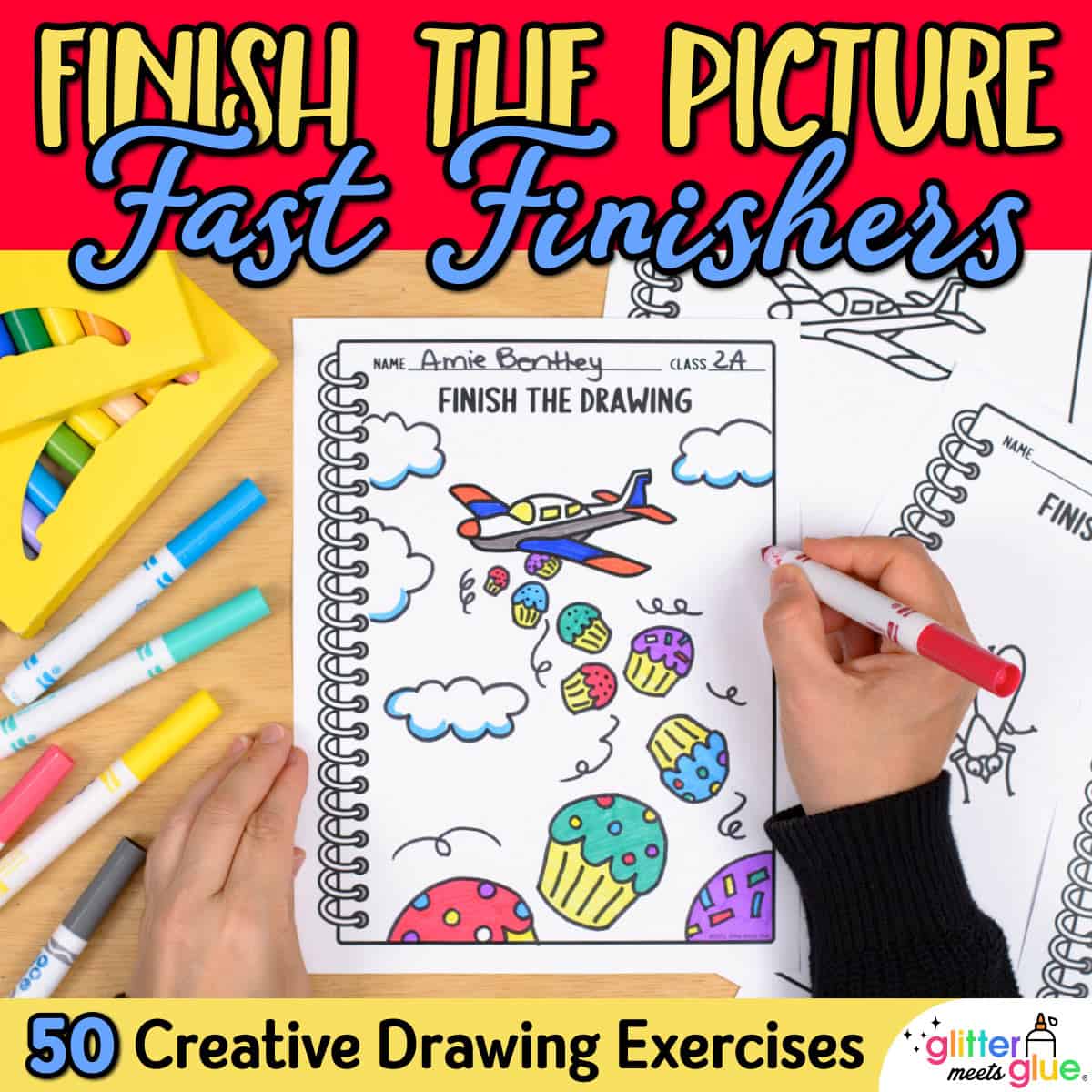
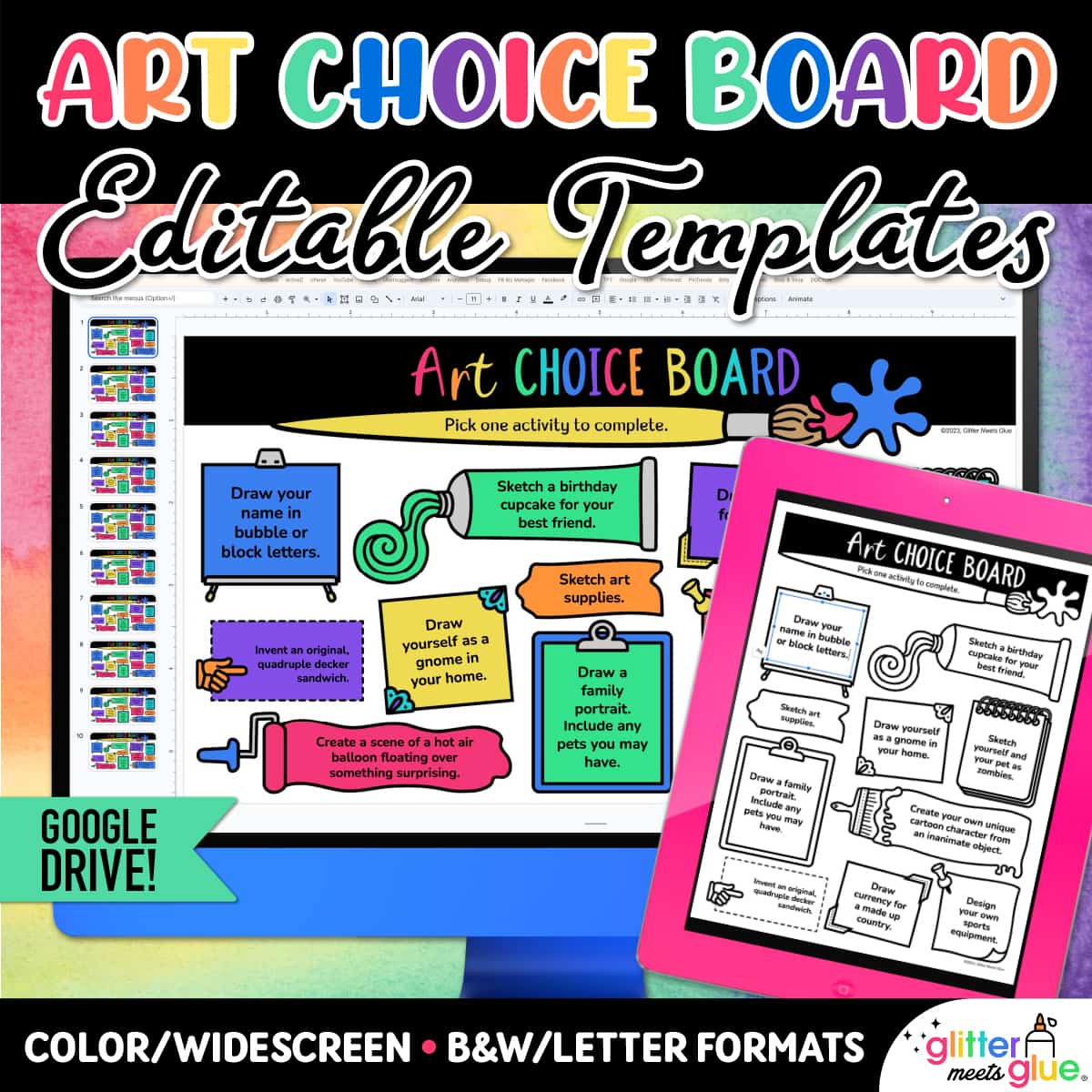
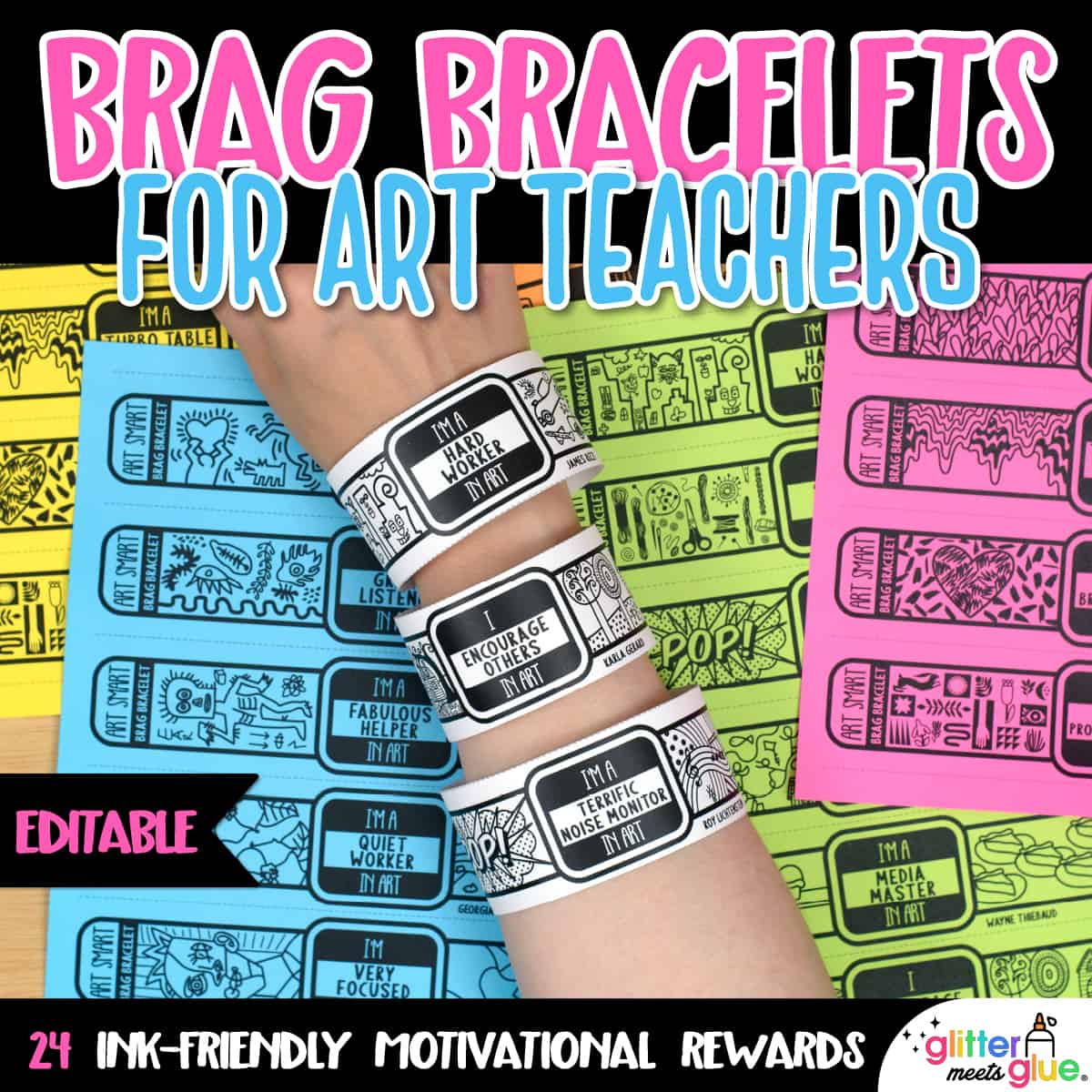
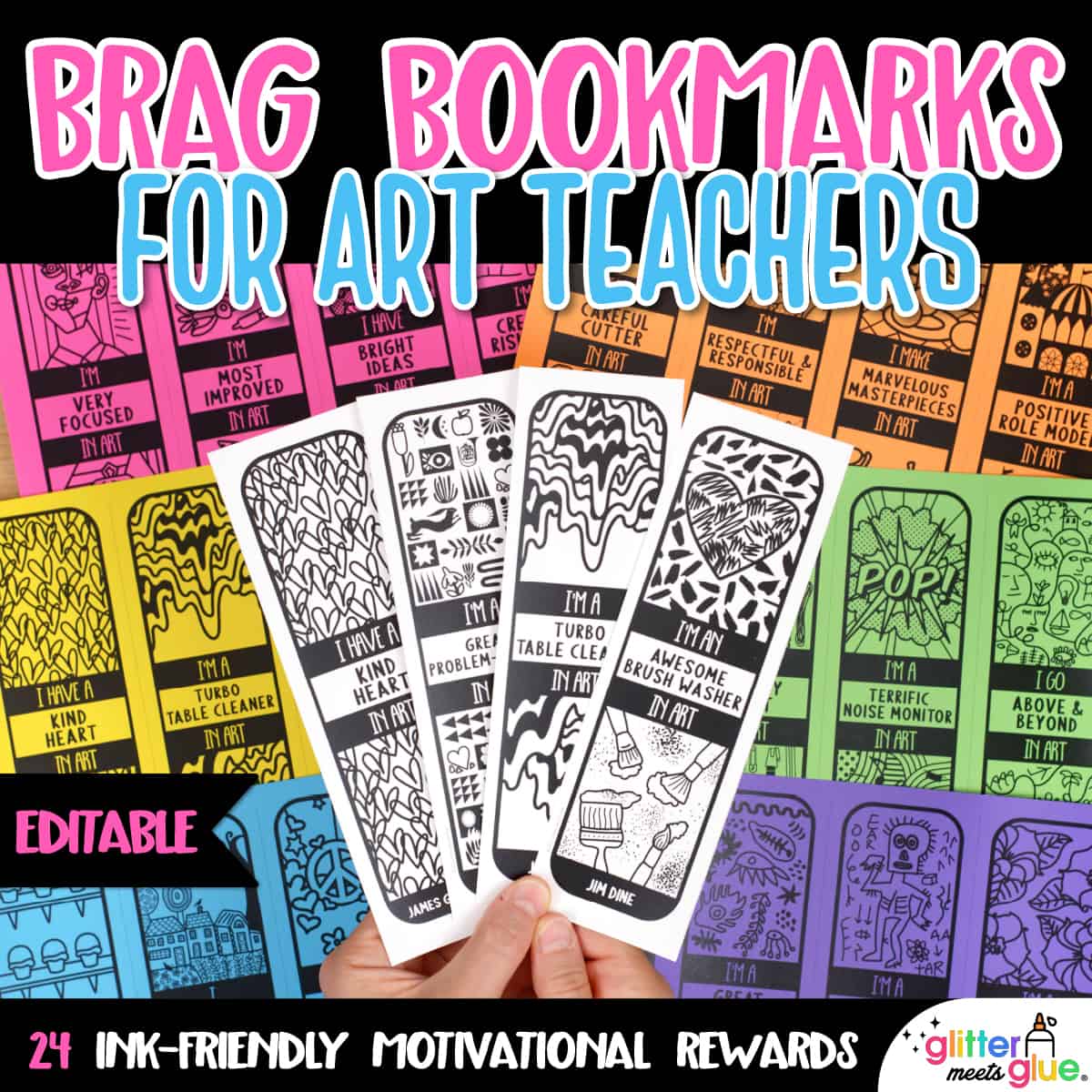
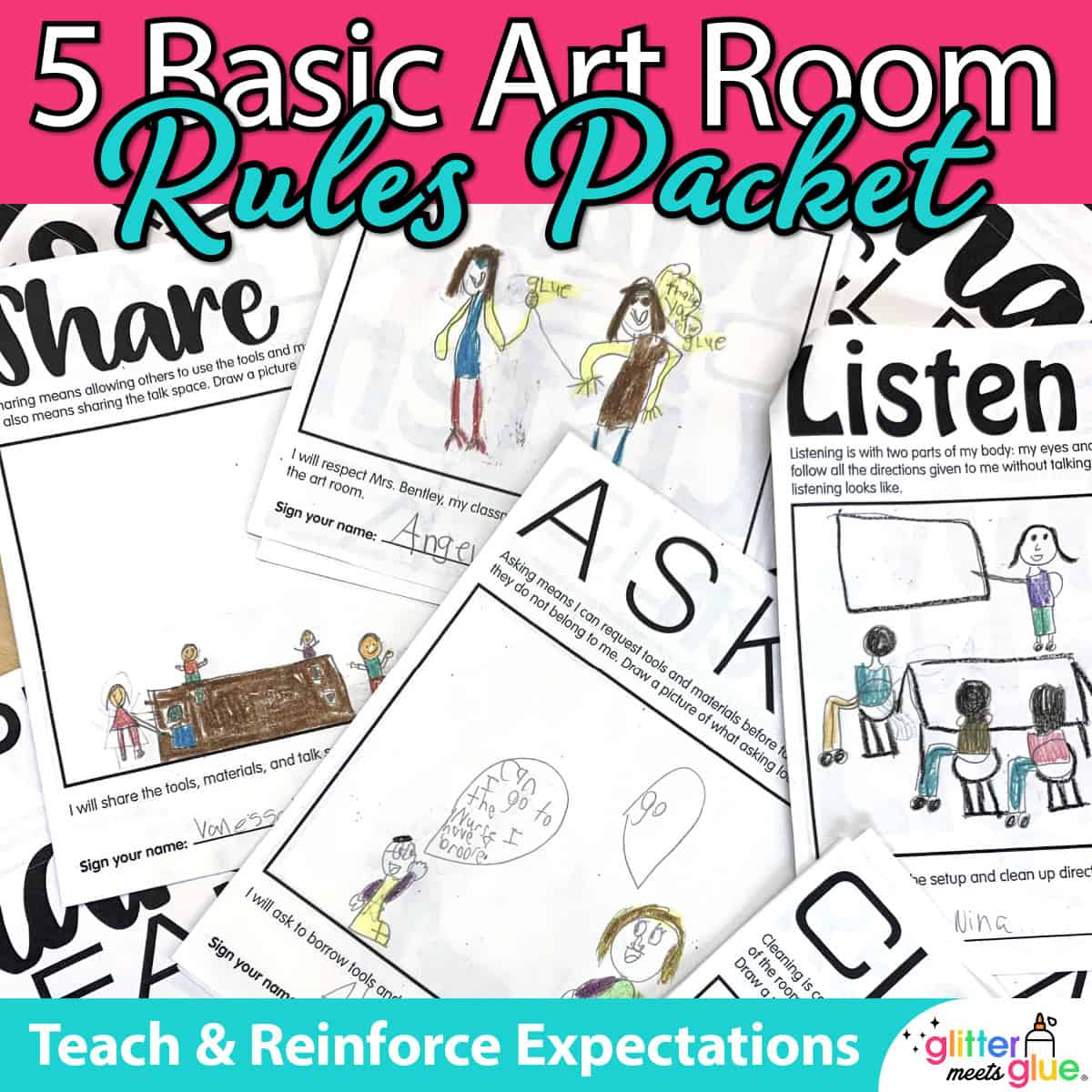
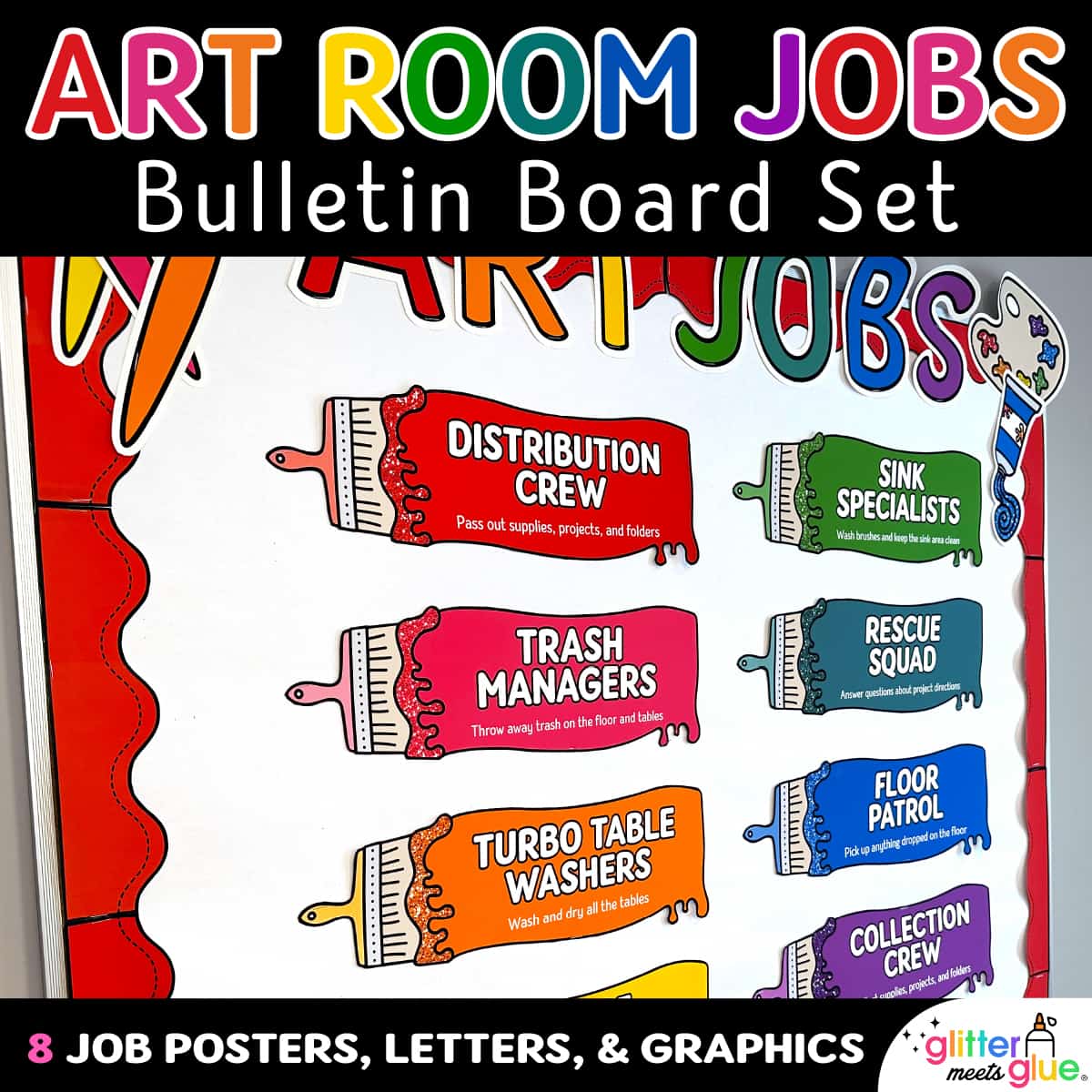
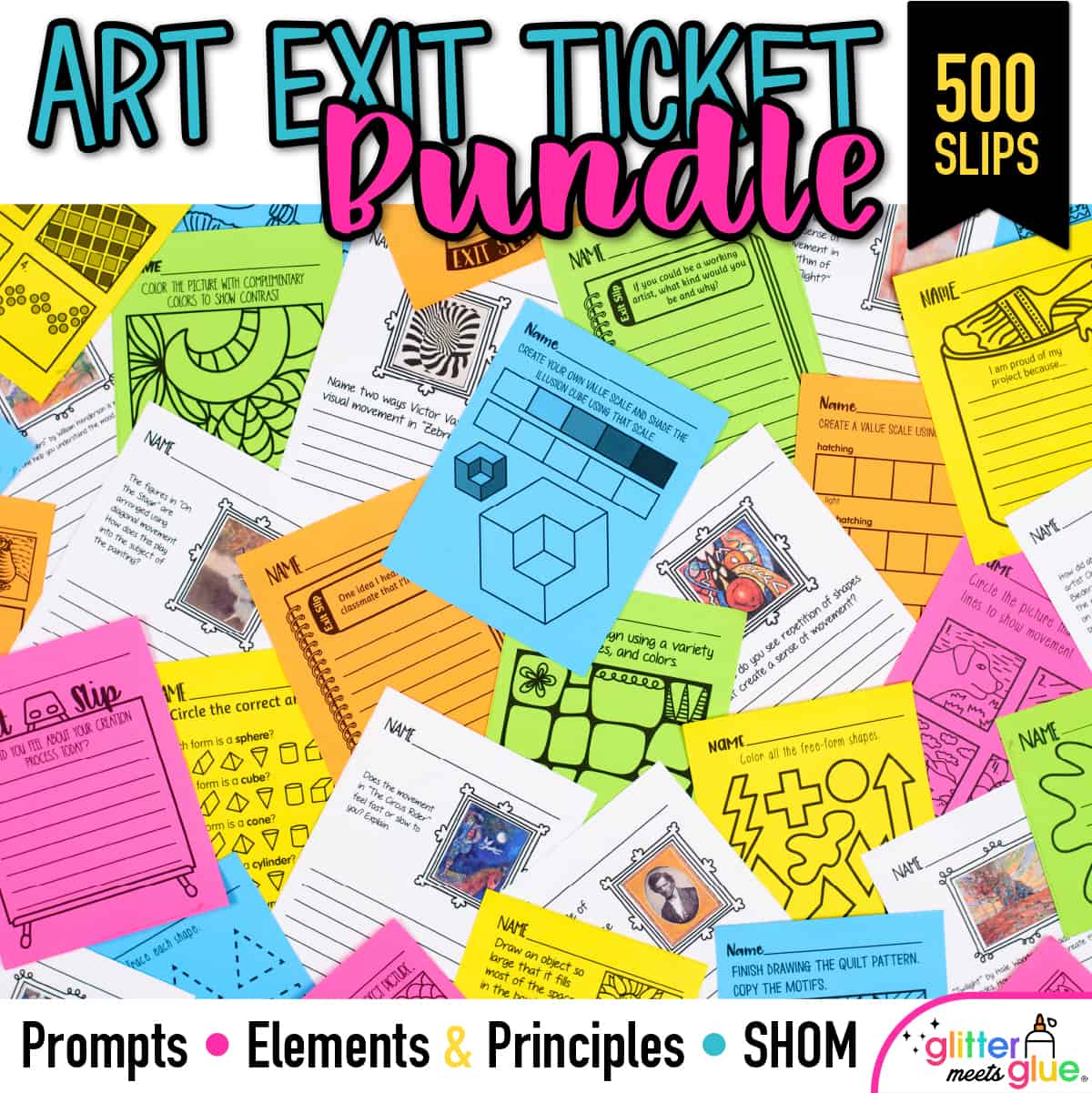
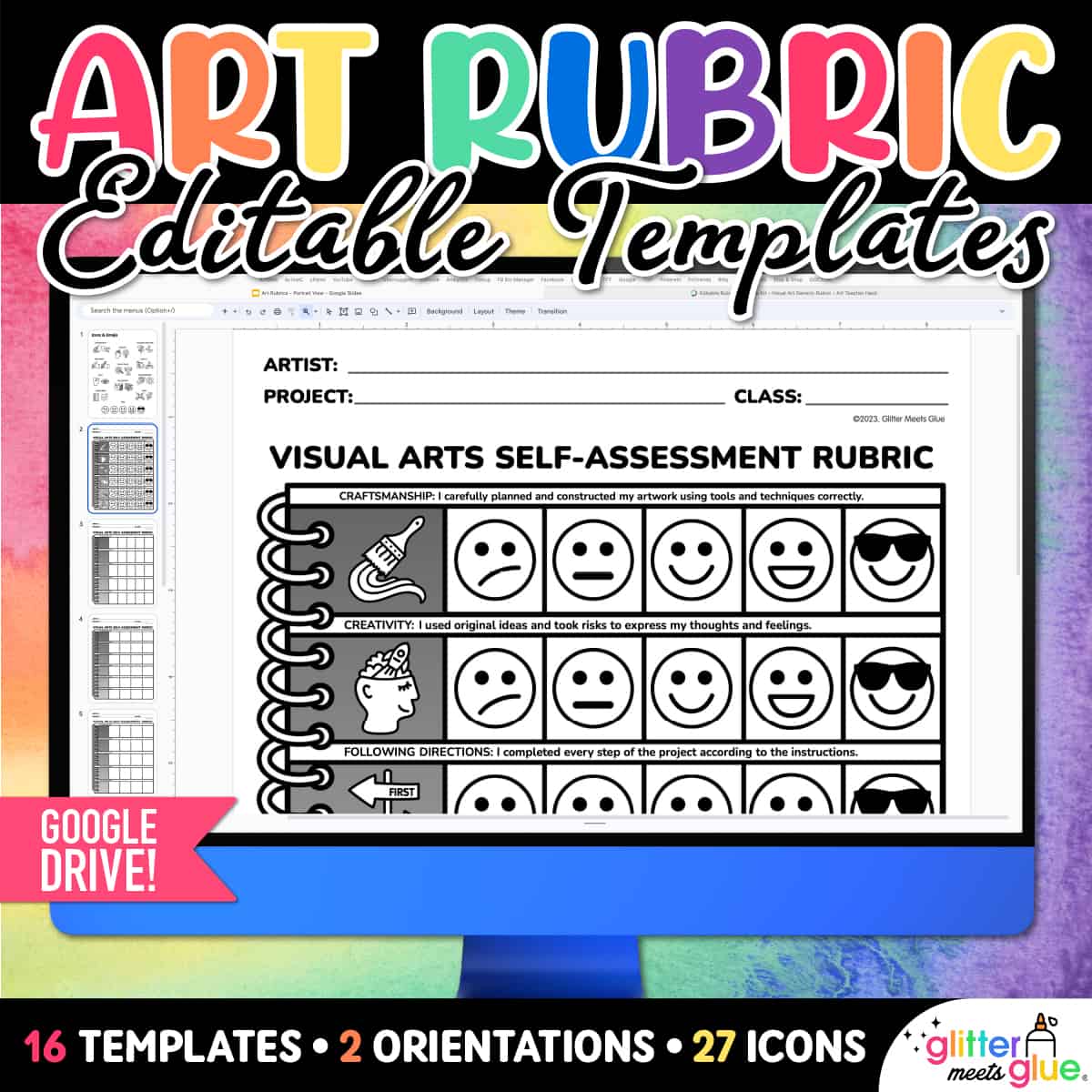


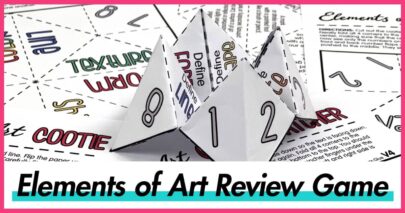


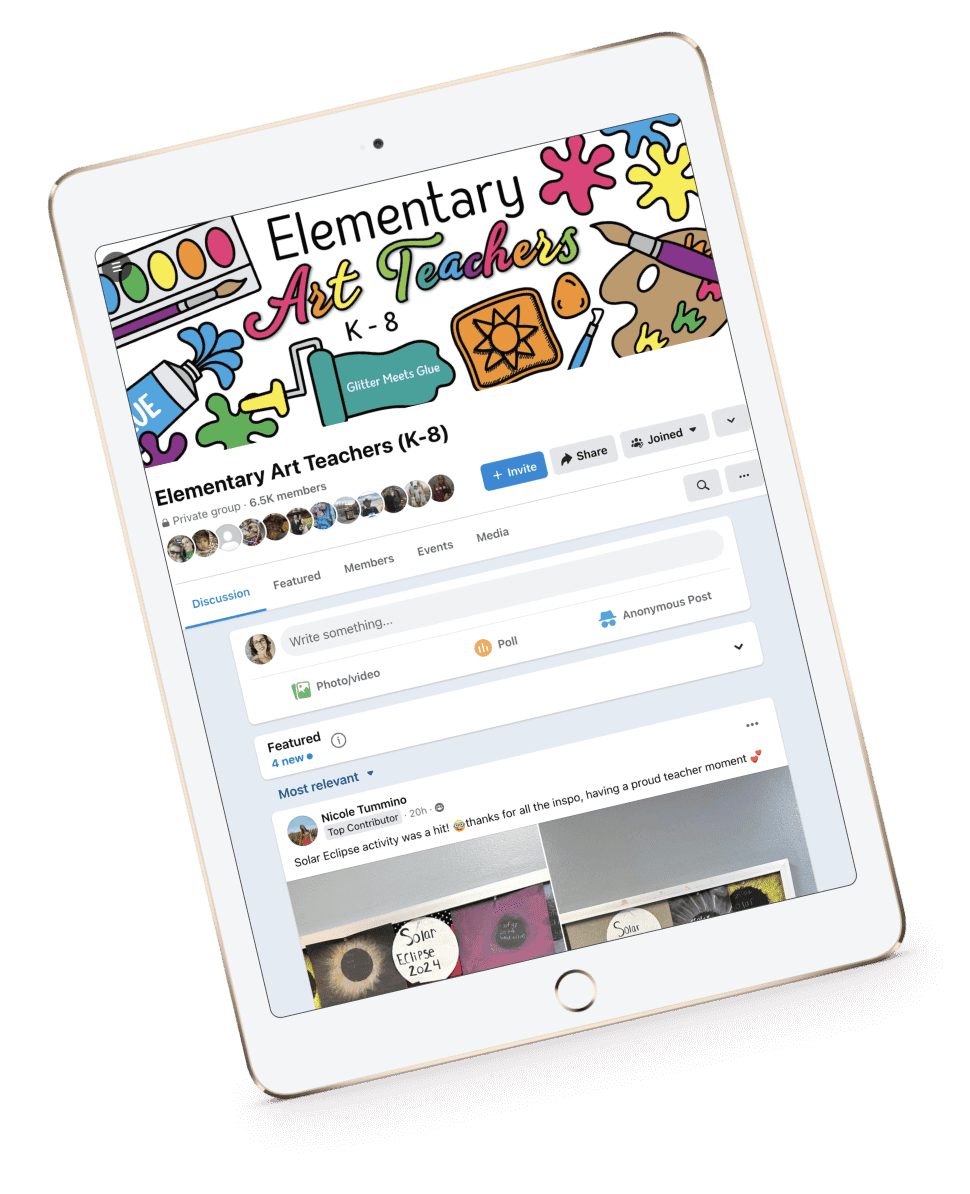

Thank you for the inspiration, and amazing resources! I too, am a native from New Jersey, although I live and teach in Connecticut now. And like you, I am a graphic designer at heart. (I actually started my career as a graphic designer for NBC News). I just wanted to give you a shout out to say how much I am loving the back to school brochure, and the positive reinforcement bracelet/bookmarks. I will definitely be purchasing some of your awesome printables!
Donna, what an awesome comment to receive at the start of the day. Thank you! I’ll be thinking of how yo took time out of your day to say something nice. I really do appreciate it and take it to heart. I’m so glad you’re loving what you purchased! I have a few things coming out very soon (art sub plan binder with loads of worksheets) now that my website remodel is complete and I can get back to focusing on what art teachers need. Thanks again for your awesome comment. Enjoy your day!